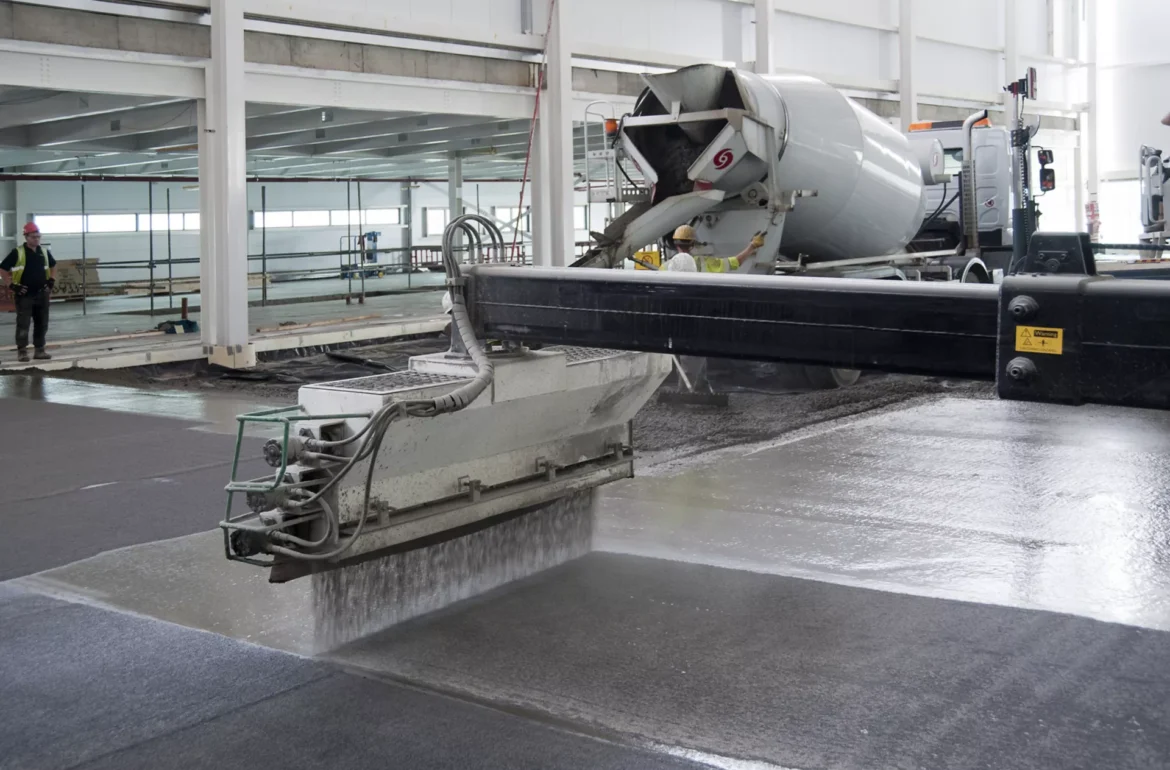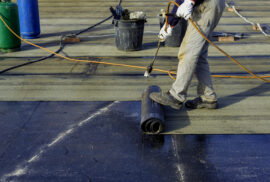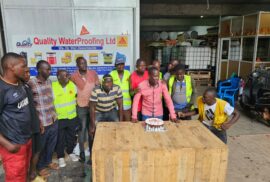Kampala’s Waterproofing Renaissance: Building Resilience in East Africa

In the heart of East Africa, Kampala, the vibrant capital of Uganda, is experiencing a renaissance in waterproofing practices that is shaping the city’s urban landscape and enhancing its resilience against the elements. This resurgence in waterproofing technologies and techniques is not merely a response to environmental challenges but a proactive step towards sustainable development and infrastructure fortification.
Kampala’s geographical location presents a unique set of challenges, with its tropical climate characterized by heavy rainfall and high humidity levels. In such conditions, the risk of water damage to buildings is significant, posing threats to structural integrity, health, and overall safety. However, the city’s burgeoning construction sector has risen to the occasion, embracing innovative waterproofing solutions to mitigate these risks and ensure the longevity of its built environment.
At the forefront of Kampala’s waterproofing renaissance are advancements in materials and methodologies that have revolutionized construction practices. From state-of-the-art membranes and coatings to advanced sealants and drainage systems, a wide array of technologies is now available to architects, engineers, and contractors, enabling them to create buildings that are not only aesthetically pleasing but also highly resilient to water ingress and moisture-related issues.
But the waterproofing renaissance in Kampala is not just about technical innovation; it is also about fostering a culture of collaboration and knowledge sharing within the construction industry. Local stakeholders, including government agencies, academic institutions, and industry associations, are working hand in hand with international experts and manufacturers to exchange ideas, best practices, and expertise in waterproofing.
This collaborative approach has led to the development of tailored solutions that address Kampala’s specific needs and challenges. Whether it’s retrofitting existing structures with waterproofing systems or incorporating water management strategies into new construction projects, the focus is on building resilience from the ground up.
Moreover, Kampala’s waterproofing renaissance extends beyond individual buildings to encompass broader urban planning and development initiatives. Green infrastructure, such as green roofs and permeable pavements, is being integrated into city planning efforts to manage stormwater runoff effectively and reduce the strain on existing drainage systems.
The benefits of Kampala’s waterproofing renaissance are manifold. Not only does it enhance the durability and lifespan of buildings, but it also contributes to improved indoor air quality, occupant comfort, and energy efficiency. Additionally, by reducing the need for costly repairs and maintenance, waterproofing investments yield long-term cost savings and promote sustainable economic growth.
As Kampala continues to grow and evolve, the importance of waterproofing in building resilience and ensuring the city’s long-term sustainability cannot be overstated. Through ongoing innovation, collaboration, and a commitment to excellence, Kampala’s waterproofing renaissance is laying the foundation for a more resilient, livable, and prosperous urban future in East Africa and beyond.






